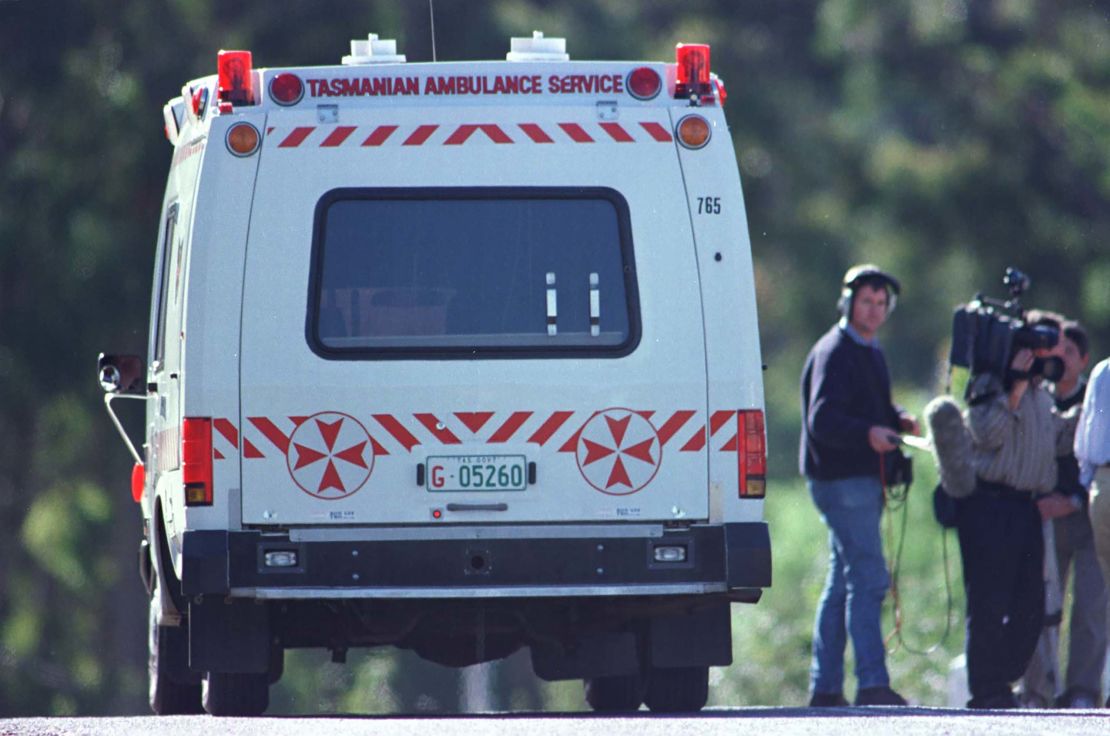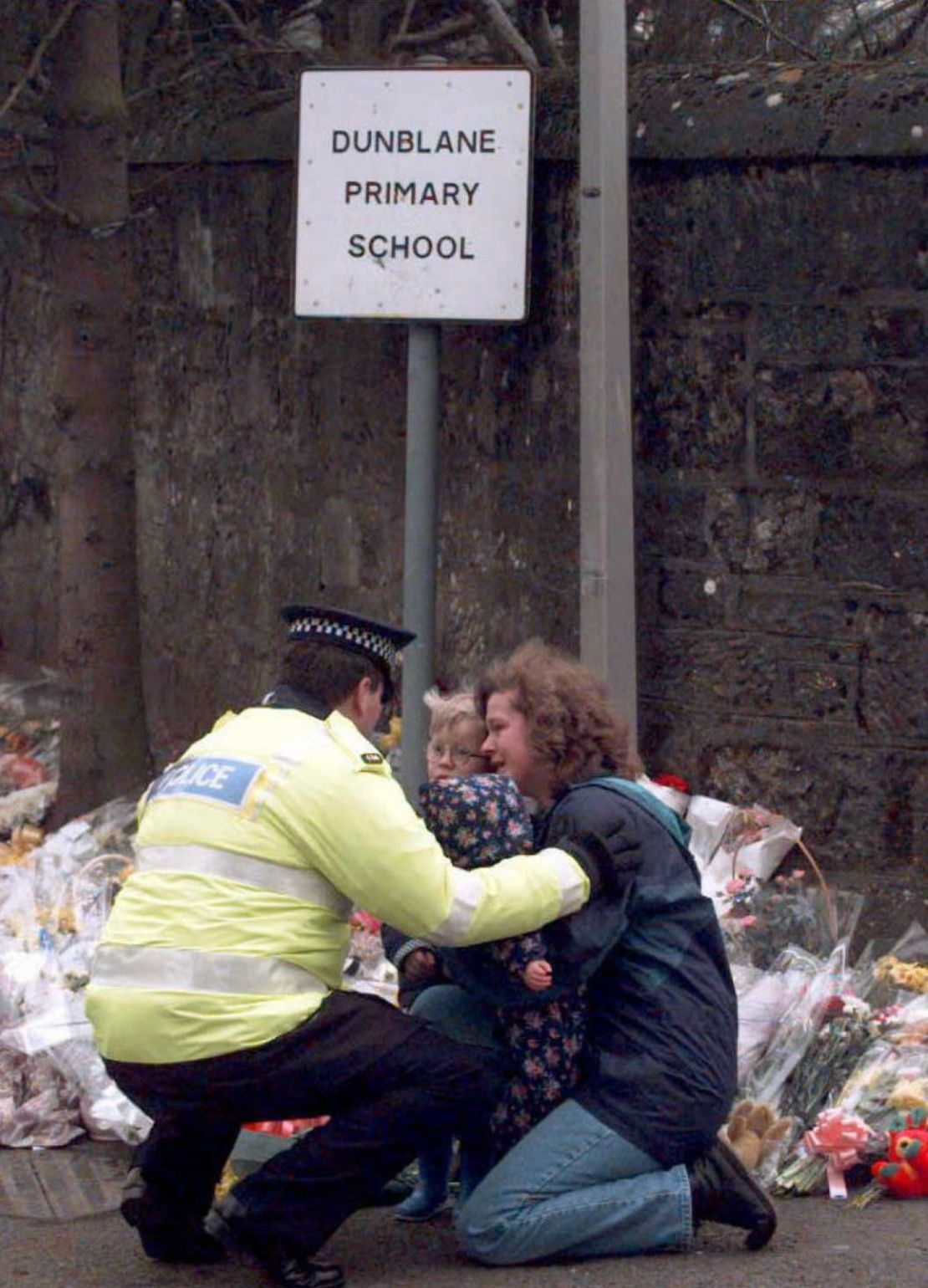This weekend’s mass shootings in Texas and Ohio added two more tragedies to the United States’ long list of gun killings – which its government has long struggled to prevent.
The US is far from the only country to have suffered mass shootings. However, several other countries have taken far greater steps to change national gun laws following such incidents. Here’s a look at how other nations have responded.
New Zealand
Just weeks after the Christchurch mosque massacres in March, which left 50 dead, New Zealand’s parliament voted almost unanimously to ban military-style semi-automatic weapons.
Prime Minister Jacinda Ardern was praised for acting swiftly, vowing to end access to the weapons just days after the shootings. She also announced a buyback scheme to compensate gun owners, which could cost hundreds of millions of dollars.
Australia
The turning point for Australia was April 28, 1996, when 28-year-old Martin Bryant killed 35 people at a popular tourist spot in Tasmania, wielding a military-style semi-automatic rifle.
Just 12 days later, newly elected Prime Minister John Howard announced major reforms to Australia’s gun control laws.

High-caliber rifles and shotguns were banned, licensing was tightened, a “buy-back” scheme took some 650,000 guns out of circulation and remaining firearms were registered to national standards.
The accomplishment is still regarded by many in Australia as Howard’s enduring legacy.
United Kingdom
The UK has some of the world’s strictest gun-ownership laws, and it’s rare for civilians to own firearms.
Recent gun control measures first arrived in 1987 when Michael Ryan, 27, embarked on a bloody rampage in the southern English town of Hungerford, Berkshire. Armed with a pistol, hand grenade and an automatic rifle, he killed 16 people.
The UK reacted by banning semi-automatic and pump-action weapons. It also introduced new legislation which made it mandatory for shotgun owners to register their weapons.
Nine years later, another tragedy struck as 43-year-old Thomas Hamilton burst into a school in Dunblane, Scotland, with legally owned handguns. He killed 16 children (aged 5 and 6) and their teacher before taking his own life.

The incident prompted widespread outrage. After a highly successful public campaign and a petition with almost 750,000 signatures, a new law was passed banning the private ownership of all handguns in the UK. (Gun laws are different in Northern Ireland.)
However, it’s worth noting that the effectiveness of Britain’s gun laws has been repeatedly questioned. Another mass shooting happened in 2010, when a lone gunman killed 12 people in a four-hour shooting spree in rural Cumbria, northern England. The suspect was found with two powerful rifles, one equipped with a telescopic sight.
Finland
Two shootings in 2007 and 2008 prompted the Finnish government to issue new firearm regulations.
In 2007, Pekka-Eric Auvinen, 18, opened fired at his high school with a legally-obtained handgun. He killed eight people and himself. The next year, 22-year-old Matti Juhani Saari fatally shot 10 people on a school campus in southwestern Finland.
Following those mass shootings, all new applicants for Finnish handgun licenses are required to show they’ve been an active member of a gun club for one year and must be vetted by a doctor and the police.
The country also raised the minimum age for purchasing licenses for short barrel weapons from 18 to 20.
Germany
In 2009, 17-year-old Tim Kretschmer killed 15 people in a shooting spree in the German town of Winnenden. The government reacted by implementing a national firearms registry – requiring owners of 5.5 million legally owned guns to register them with the government.
It also introduced random inspections on weapons owners and increased some age restrictions for juveniles at shooting ranges.
Euan McKirdy, Paul Armstrong and Angela Dewan contributed reporting.








